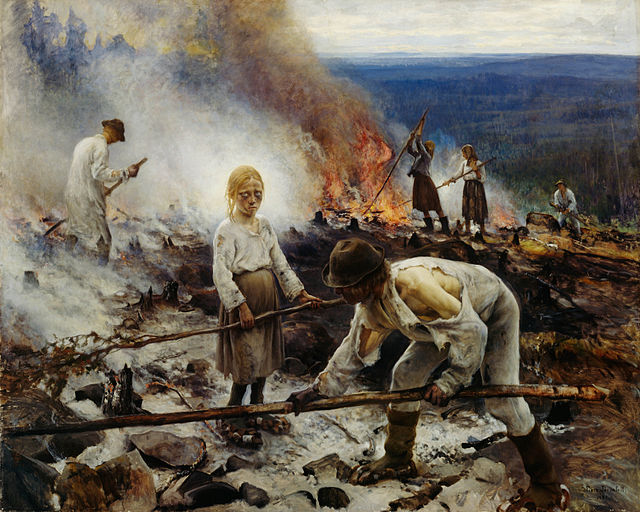Finnish Canadians are Canadian citizens of Finnish ancestry or Finns who emigrated to and reside in Canada. In 2016, 143,645 Canadians claimed Finnish ancestry. Finns started coming to Canada in the early 1880s, and in much larger numbers in the early 20th century and well into the mid-20th century. Finnish immigration to Canada was often a direct result of economic depressions and wars, or in the aftermath of major conflicts like the Finnish Civil War. Canada was often chosen as a final destination because of the similarity in climate and natural conditions, while employment in logging or homesteading attracted landless farmers in the early 20th century. Migratory movements of Finns between Canada and the United States was very common as well.

Thunder Bay, Ontario is home to 14,510 people of Finnish descent, the highest concentration of Finnish Canadians per capita in the country, and the second largest Finnish population in Canada after Toronto which has 14,750 persons of Finnish origin.
Finns or Finnish people are a Baltic Finnic ethnic group native to Finland.
19th century Fennomans consciously sought to define the Finnish people through depiction of the common people's everyday lives in art, such as this painting by Akseli Gallen-Kallela.
Man's costume during the Iron Age according to the archeological finds from Tuukkala. Interpretation from 1889.
Väinämöisen soitto (Väinämöinen's Play) by R. W. Ekman. The painting is a depiction of Väinämöinen playing the kantele.
Peasants toiling at a slash-and-burn site in Lapinlahti, Eastern Finland.





